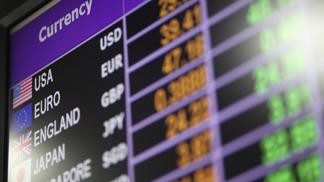The foreign exchange market: Not as liquid as you may think

© 2012 IStockphoto
Professors Loriano Mancini from SFI@EPFL, Angelo Ranaldo and Jan Wrampelmeyer both from the University of St. Gallen have completed a research paper on the liquidity of the foreign exchange (FX) market and published it in the Journal of Finance, a peer-reviewed academic journal and one of the most prestigious journals in finance.
In the foreign exchange (FX) market, a large variety of world-wide investors buy and sell currencies 24 hours a day. This market is by far the largest financial market in the world. Due to its size, it is commonly regarded as highly liquid at all times. However, given the limited transparency and heterogeneity of participants, FX liquidity is not well understood.
This paper presents the first systematic study of liquidity of the FX market and is based on a novel and comprehensive dataset of intraday data. Contrary to common perceptions, Prof. Mancini and his coauthors document significant variations of currency liquidities. For instance, they highlight a significant decline in FX market liquidity during the financial crisis, especially after the bankruptcy of Lehman Brothers, driven in part by a decline in funding liquidity. These findings have important implications for currency traders, internationally diversified investors, regulators and central banks, concerning their decisions in the FX market.